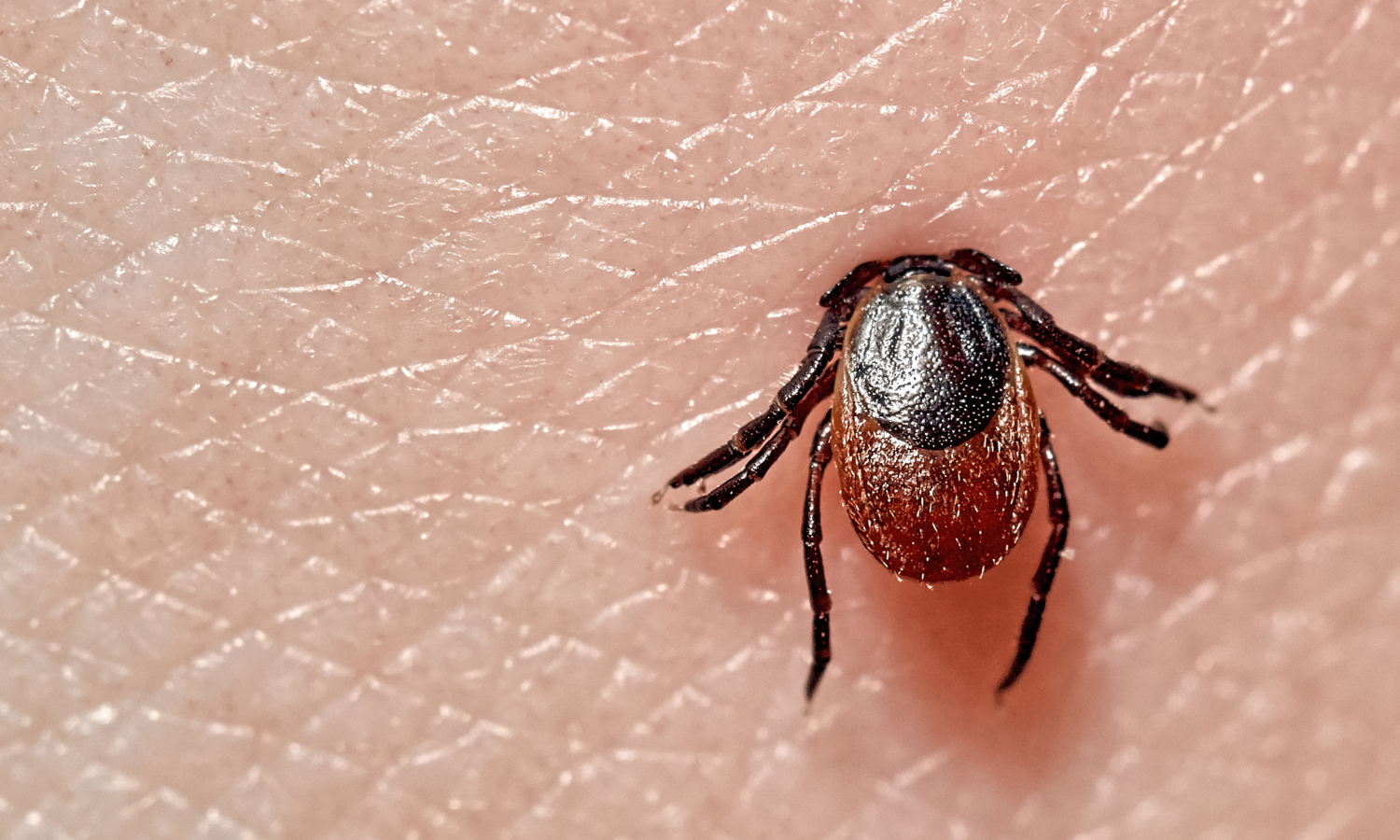I was shocked to discover that desperate cockroaches will eat their roommates, gnats perform a mating dance, spiders live in everyone’s homes, and that flies lay their eggs on feces. Though fascinating, some of these facts are downright alarming. Is it your curiosity that’s pulling you into this article? Does a sense of awe draw you forward? Though these are not facts that I’d recommend pulling out at dinner time or on a first date, they do make for interesting table talks.
If there’s an engrossing fact that you’ve learned about an insect, do share in the comments below.
Myth no. 1: Spiders crawl in your mouth as you sleep

Imagine it’s 2 a.m. and you’re sleeping with your mouth agape. At 3 a.m., you awake, noticing that your mouth feels dry. You rub it with the back of your hand and wonder if you’ve been sleeping with it wide open again? You reach for your nightstand to get that tube of chapstick and feel a long leg dangling out of your mouth. Letting out an abrupt, shallow scream, you realize that it’s a piece of string. You’d thought that it was a spider’s leg that perhaps you’d bitten off before it went all the way down the hatch. Spiders, after all, crawl into your mouth as you sleep, right?
This myth is false. Spiders are nocturnally active, but are in search of a meal, not a moving, saliva-filled, dark, breathing hole that might be making noise. Would you ever crawl into such a space?
Myth no. 2: Honeybees immediately die after stinging you
This would be most lovely, wouldn’t it? But is it true?
A hive is made up of three types of bees: Worker bees, male drones, and a single female queen bee. We’re going to focus in on the worker bee.
A worker bee is female. Each hive contains some 60,000. Their one and only job is to protect the hive and their (reproductive) relatives inside. Worker bees are like disposable soldiers for the colony. Protection of the hive is their life assignment, as they can’t reproduce. Protect they will—until death. Their best method of defense: a stinger, only to be used when there is a perceived threat to their hive. (Note: A worker bee will not typically string when it’s away from its hive foraging, unless it is stepped on or handled roughly.) What if you become this perceived threat? What is it like to be stung?

The details: A honeybee’s stinger is make up of two barbed lancets. (A lancet is a saw-toothed blade.) Once those lancets puncture your skin, they’re stuck. The stinger is structured like a screw anchor. Once it’s in, it can’t just be pulled out. The bee, though, will try to pull it out and will self-amputate, rupturing its lower abdomen and releasing not only its stinger, but also a string of digestive material, muscles, glands, and a venom sac. The result is a gaping hole at the end of the bee’s abdomen, which is fatal for the bee.
What to do: Don’t panic. Immediately remove the stinger with the edge of your fingernail or the edge of a credit card. This immediate removal will help curb the amount of toxins released into your skin. Then, wash the sting site with soap and water, and then ice that sting site. Icing is the single most effective way to reduce venom absorption.
This myth is true. Honeybees (the female worker bees, that is) die after they sting you.
Myth no. 3: Ticks must be removed by a heat source
Ticks are more prevalent than you might realize. A lot of folks believe there is an actual tick season. In fact, ticks do not die off over the winter, nor do they stop looking for a host, though they are more active from March to November. Ticks are on a hunt (for a host) anytime the temperature is over freezing.
Unfortunately, too, their presence (and the rate of tick-associated infections diagnosed) is on the rise as we experience warmer temperatures and milder winters. Their habitats are changing and expanding as well.
If you happen to be out in tall grass or even raking up leaves in your backyard—as a tick can travel long distances on a host (like a mouse) and end up quite close to your home—and a tick embeds itself in your skin, immediate removal is best. In order to transmit a disease, a tick needs to be attached from between three to ninety-six hours, depending on the tick and the disease.

Now for the truth—the best way to remove a tick is by using tweezers. Holding those tweezers as close to your skin as possible, pull the tick upward with a steady, even motion. Try not to twist it or move it around too much, as you don’t want part of the tick to break off in your skin. If pieces are left in your skin, try to remove them also; but if you can’t, leave the area alone to heal. Once the tick is removed, clean the area and your hands with soap and water or rubbing alcohol.
It’s important to note that you don’t want to crush the tick. In crushing it, you could accidentally express the tick’s saliva further into your skin. This would not be good news, as you could increase the chance of getting a tick-borne infection.
Consider saving the tick in a sealed Ziplock bag in your freezer. This way, if you end up feeling ill, you have the evidence to bring to your doctor and could get it sent to the lab for testing.
Final word on spiders, bees, and ticks
Dr. Killigan’s mission is to restore peace of mind. If you have spiders in your living room or basement (or anywhere else in or around your abode for that matter), a bee’s nest near your home or ticks in your neck of the woods, we’re in the business of Killing Them Softly™. All of our products are non-toxic, safe to be used around children and pets, and come with a 100% satisfaction guarantee.
Spiders
If you’re wanting a preventive measure against spiders, I would use Dr. Killigan’s Insect Buster. The Insect Buster, used to disperse Dust to Dust Non-Toxic Insect Powder, is highly effective against spiders. Targeting entry points into your home, such as your front and back door, your garage, and your windows, apply a thin application of Dust to Dust powder. Leave the application for at least 7 days and then reapply.
Note: Dust To Dust, proven to have kill times up to 50% faster than diatomaceous earth, is effective as long as it remains dry.
When spiders comes into contact with Dust To Dust, the powder’s tiny dust particles cling to the legs and body of the spider. When the insect later grooms the powder off their bodies, it poisons them, as they can neither digest nor excrete the substance. Once this takes place, the spider dies.
Bees
 Did you know that bees are responsible for about one-sixth of all pollination that occurs? The very work of pollination is a wonderful natural way to maintain our system of food production. Where in the world would we be without bees? Contact the American Beekeeping Federation or Apiary Inspectors of America. It’s likely that a local beekeeper may be able to take them off your hands at little or no cost, depending on the location of the hive or swarm.
Did you know that bees are responsible for about one-sixth of all pollination that occurs? The very work of pollination is a wonderful natural way to maintain our system of food production. Where in the world would we be without bees? Contact the American Beekeeping Federation or Apiary Inspectors of America. It’s likely that a local beekeeper may be able to take them off your hands at little or no cost, depending on the location of the hive or swarm.On the other hand, if you’re dealing with wasps—including hornets and yellow jackets, which are just two of the 4,000 different species of wasp living in the United States—Dr. Killigan’s Insect Buster is the tool you need.
Using the Insect Buster, spray diatomaceous earth (DE) around the stinging insect’s home. I recommend creating a line of continual dust. Continue this practice daily, for a week’s time, in order to reduce or eliminate the population. Note: It is important to do this at night, when the wasps are sleeping.
Ticks
If you are concerned about the presence of ticks in your area, I offer the following tips.
- Use a repellent.
- Wear light-colored clothing.
- Tuck pant legs into socks.
- Avoid tick-infested areas.
- Check yourself, your children, and your pets for ticks and carefully remove any and all of them.
If there’s an interesting fact that you’ve learned about an insect or a common myth that needs to be debunked that others should know about, please share in the comments below.





















